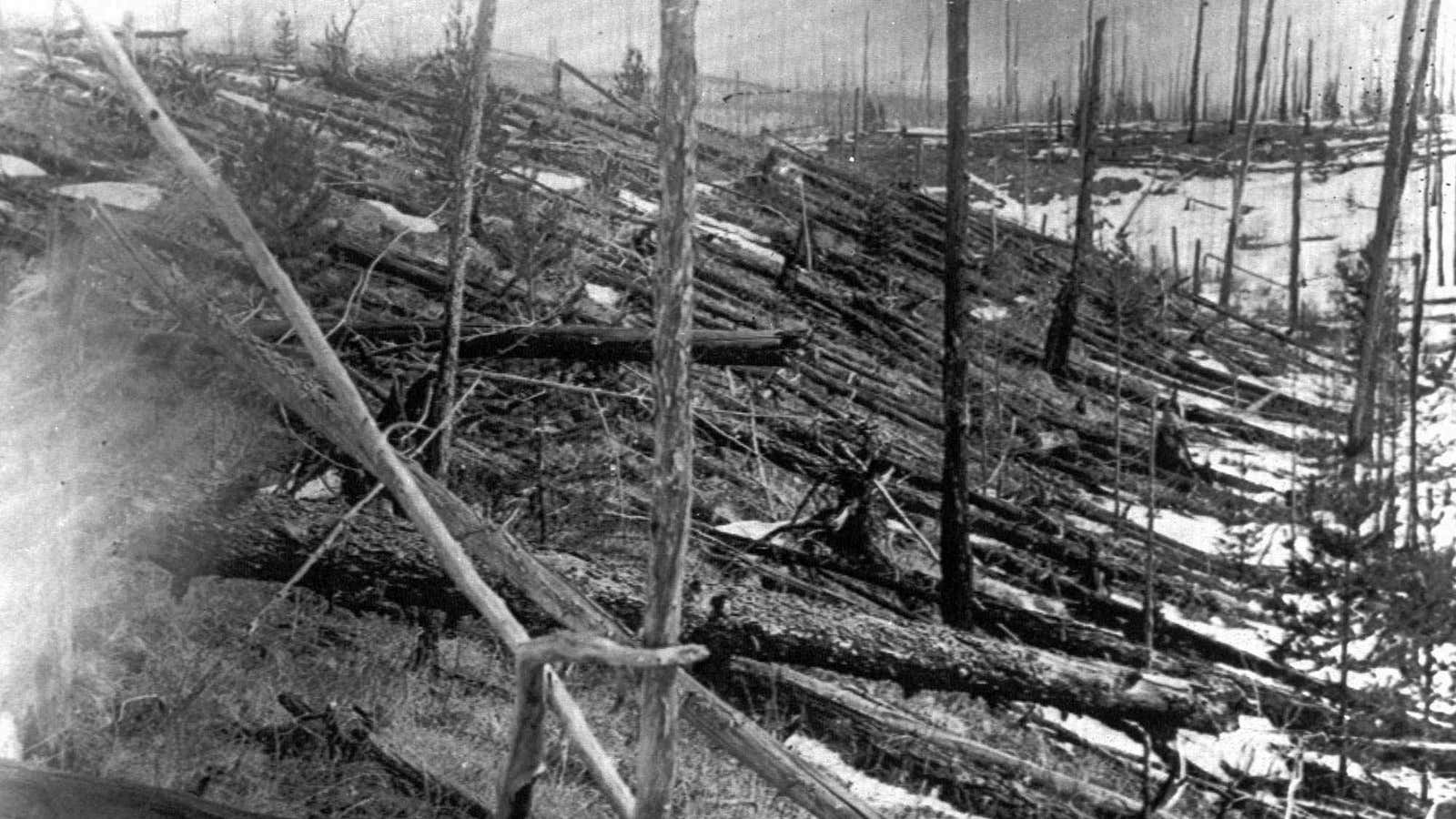Astronomers tend to be patient people. When it comes to stars, much of what they examine happened millions of years ago, and when it comes to space probes, even pre-launch prep can take a decade or more.
But they are getting impatient about launching an infrared space telescope called NEOCam. It has a very specific mission: Spotting near-Earth objects—astronomical bodies, most commonly asteroids, whose orbits around the sun could pass close to Earth and potentially collide with our planet, some of which could damage or destroy civilization itself.
It’s not speculative; a major meteoric impact is inevitable, and we need to keep a better eye on the solar system.
“The question is, when is the next one going to happen on a human time scale as well as a geological time scale?” says Amy Mainzer, a scientist at CalTech’s Jet Propulsion Laboratory and the principal investigator for the NEOCam project.
It’s not that the US government isn’t interested. NASA has already cataloged all the near-Earth asteroids larger than 1 km (0.6 miles) in diameter, and Congress passed a law in 2005 requiring that NASA find 90% of the near-Earth objects larger than 140 meters (460 ft) in diameter.
One of the largest well-documented asteroid airbursts, over Tunguska, Russia, in 1908, leveled 2,000 sq km of forest. Scientists believe it was 40 to 60 meters in diameter.
The space agency was given a deadline of 2020 to find these near-Earth objects. It won’t make it. In June 2018, NASA planetary defense officer Lindley Johnson said about 8,000 such objects have been detected, but scientists expect twice as many are still undiscovered. As an illustration of the urgency, Johnson said then that if one of those unknown objects is a danger to the Earth, sending a spacecraft to intercept it would require a 10-year warning.
There still isn’t a plan to meet the Congressional mandate. NASA says it is waiting for a panel at the National Academy of Sciences (NAS) to finish a study of the best methods to find near-Earth objects, expected sometime this spring, before it makes its decision on NEOCam.
“I don’t lose sleep over the risk of an undiscovered asteroid impacting the Earth because the chances are small, but they are not zero,” says MIT planetary scientist Richard Binzel, who is not part of the NEOCam team but made the case for its necessity to the NAS panel. “We have the capability, the adult responsibility, to simply know what’s out there. And NEOCam is basically ready to go.”
Another space probe called IMAP will launch in 2024 to study solar wind, heading for an orbit that is also ideal for NEOCam. There is room on its rocket for one more payload, and asteroid researchers say this is the best opportunity to launch NEOCam, which Maizer first proposed in 2005 and has spent 14 years refining. But they will need approval and funding soon in order to build the telescope in time.
Another important source of near-Earth object data will be the Large Synoptic Survey Telescope, or LSST. Funded by the National Science Foundation, it will install a tennis-court sized mirror on a mountain in Chile. By 2023, the telescope will begin a 10-year survey repeatedly capturing wide-scale images of the night sky. Asteroid researchers expect that it will collect sufficient data to find about 75% of near-earth objects 140 meters across or larger.
However, to reach the 90% mandate will require space-based infrared observations—like those that NEOCam is designed to collect. Infrared observations can do something that a ground-based telescopes can’t: estimate the size of an asteroid. At visual wavelengths, astronomers have a hard time distinguishing between large, dark objects and small, bright ones, but infrared data can be used to solve that problem. That will be especially important once the LSST begins its work.
“I don’t think anyone appreciates how hectic the early part of the [LSST Survey] will be, when we begin to see everything that is out there,” Binzel says. ”A 10 meter object passes inside the Moon’s orbit every week—and we’ll start seeing years and years-worth of these ‘incoming’ objects well in advance of their close approach. The early orbit solutions won’t be able to distinguish ‘hit or miss.’ We’ll need to concentrate our attention on the largest objects in that incoming flux—and we need the IR [infrared] characterization to sort that out.”
One wrinkle in NEOCam’s plan is the work of Nathan Myhrvold, a physicist and former Microsoft executive. He has published research arguing that NASA’s data on near-Earth objects is more uncertain than its collectors think, in part because the source of those data, a space telescope called NEOWISE, was not originally designed to spot objects so close to our planet.
Mainzer, who is also the principal investigator on NEOWISE, says Myhrvold’s analysis is flawed, and that the asteroid data have been confirmed against independent data and models by other independent researchers. And NEOCam is optimized for spotting near-Earth objects, with specialized imaging chips that have been refined to capture high-resolution infrared images at the temperature of 40°K, about -387°F, which is toasty compared to WISE’s chips, which operated at 8°K. That will allow NEOCam to gather data for a much longer period of time.
Beyond the import to civilization, the collection of asteroid data could serve other purposes for NASA. Cataloguing asteroids could give the agency—and its growing suite of commercial partners—targets for future space missions, and public opinion surveys suggest Americans would rather NASA spend more time worrying about asteroid impacts than, for example, sending people to Mars.
